You have seen so many ancient sculptures, with most of them having missing noses. Looking at them, you must have wondered “What really happened to their nose?”
Here’s a Greek marble head of the poet Sappho currently held in the Glyptothek in Munich, with a missing nose:
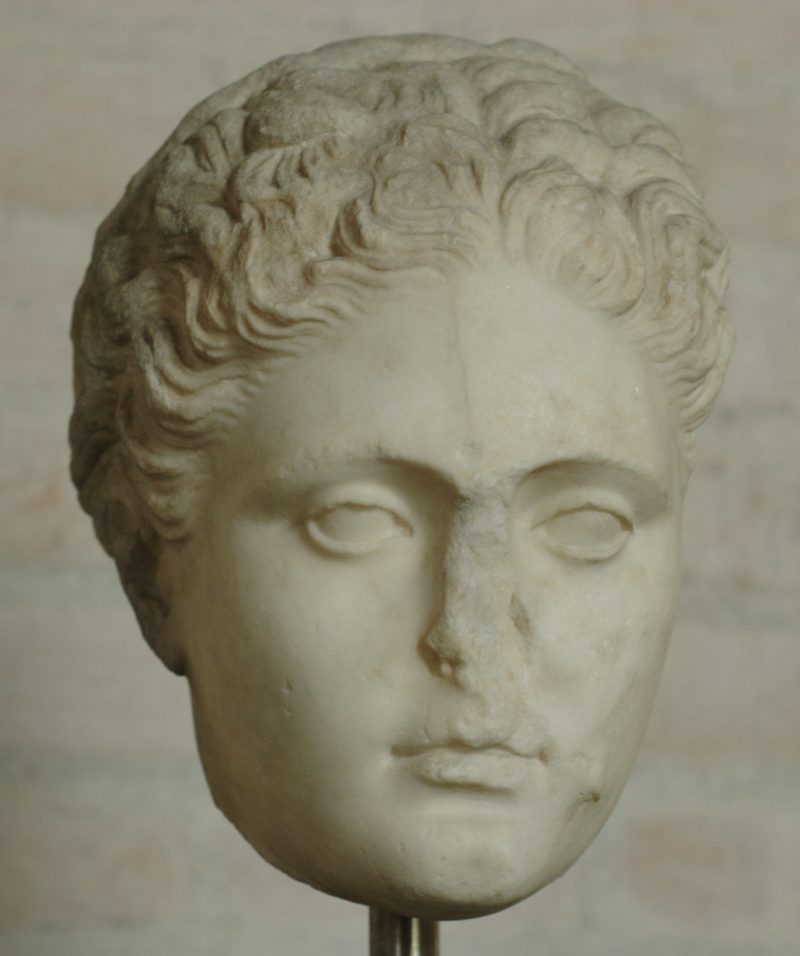
wikipedia/commons
Ancient sculptures from all cultures or time periods mostly have smashed noses or missing limbs. Even the Great Sphinx that stands on the Giza plateau in Egypt, has a missing nose. It is not due to some cultural tradition. Some people assume that the nose was deliberately removed by someone, during a war or an attack. But that is not so.
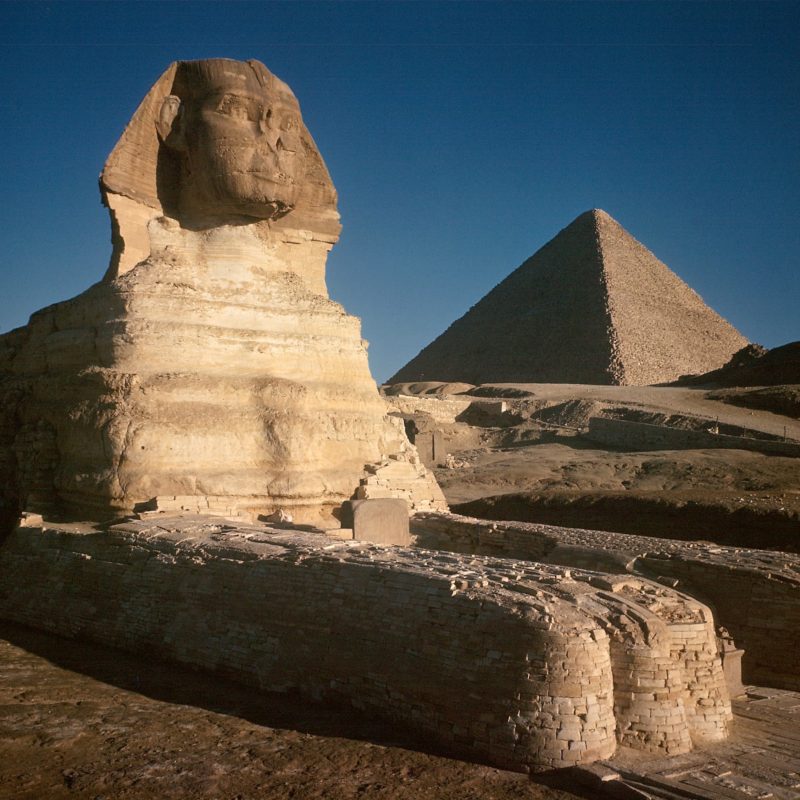
For a majority of ancient sculptures and statues, the phenomenon of missing noses really doesn’t have anything to do with people, but nature!
Ancient sculptures are thousands of years old, and go through natural wear and tear through time. Parts of sculptures that stick out, like, noses, arms, heads, and other appendages are almost always the first to break off. Other parts such as torsos, legs, are more likely to remain intact.
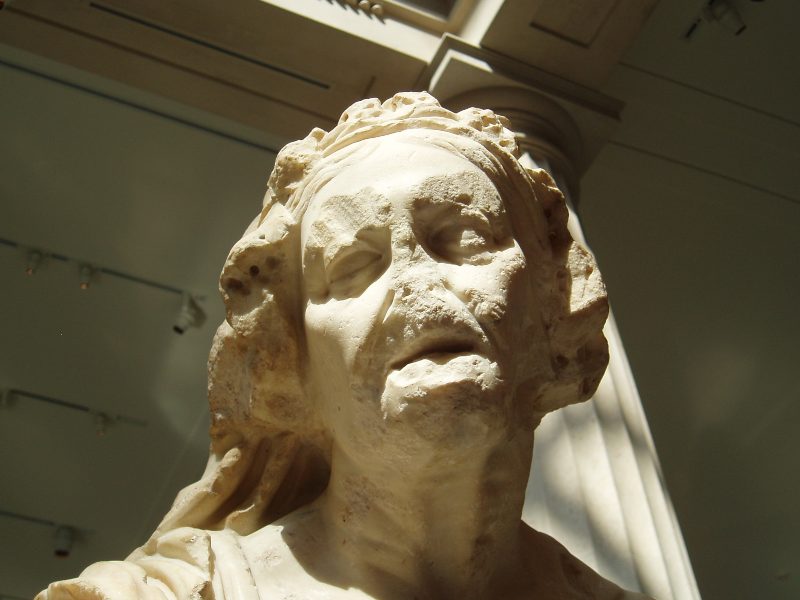
Wikipedia Commons
You must have seen this ancient Greek statue, Aphrodite of Melos or, more commonly, Venus de Milo, on the Internet. The famous statue has no arms. But once, Venus de Milo did have arms, that broke off at some point, as arms, noses, and legs often tend to do.
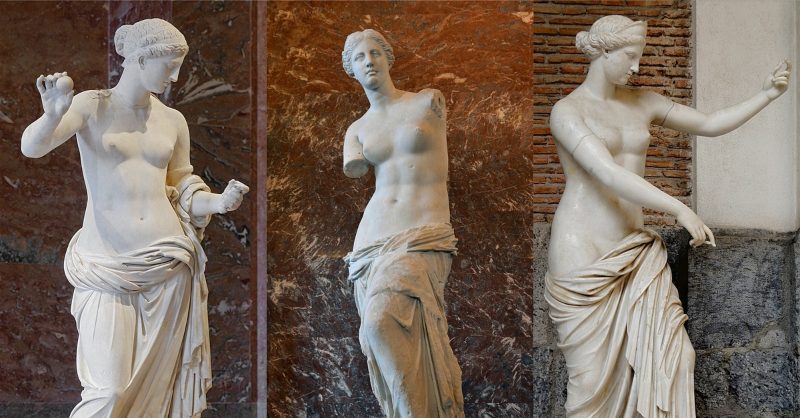
In fact, Greek statues were brightly painted, but most of the original pigments faded or flaked off long ago, leaving the bare, white marble exposed. They weren’t always plain white!
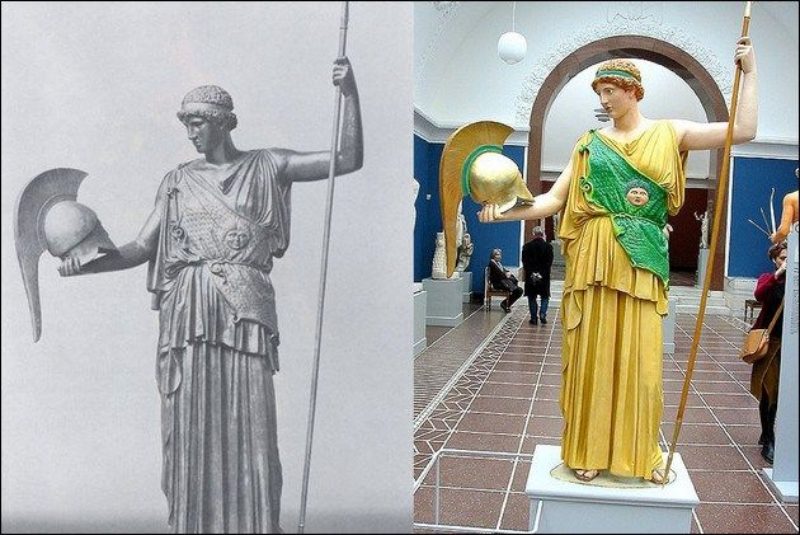
Also Read: Mona Lisa Wouldn’t Have Become Legendary If It Wasn’t Stolen



